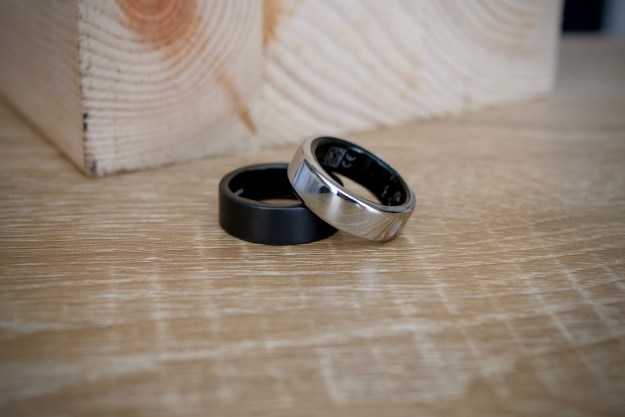When you think of global tech hubs, you probably think of Silicon Valley, Beijing, or Berlin. Rwanda’s Mara Group wants to be a part of that conversation too — and has just become the first smartphone manufacturer in Africa with the new Mara X and Mara Z smartphones.
Mara Group is a little different from other smartphone makers in Africa. While there are smartphones assembled in other parts of Africa, such as Egypt and South Africa, those assembly plants important their components from other parts of the world, such as China. Mara, however, builds as much from scratch as possible, including motherboards and packaging, according to a new report from Fast Company. It seems as though the company does still import some components, as they include Qualcomm-built processors and Gorilla Glass.

The phones are relatively inexpensive for what they have to offer. The Mara Z, for example, offers a Qualcomm Snapdragon 435 processor, along with 3GB of RAM and 32GB of storage. On the back, there’s a 13-megapixel camera, while on the front you’ll find a 13-megapixel selfie camera. The display on the phone comes in at 5.7 inches, with a resolution of 720p. In Rwanda, the device is available for 175,750, or around $190.

The Mara X is even less expensive than the Mara Z. The device offers a MediaTek MT6739 processor, along with 1GB of RAM and 16GB of storage. On the back, there’s a 13-megapixel sensor, while on the front of the phone there’s a 5-megapixel camera. The phone also has features like a fingerprint sensor on the back, along with a 5.5-inch display with a 720p resolution.
Both phones come with Android 8.1 Oreo preinstalled, and could mark a significant shift in smartphone use in the region. According to a report from CNBC Africa, the vast majority of people who have phones at all use feature phones. Mara Group is hoping that by offering relatively inexpensive phones that are also built locally, it can change phone use. Along with changing what’s on offer to customers in the region, the creation of the
Editors' Recommendations
- How the Galaxy Z Flip 4 fixed my unhealthy phone habits
- Huawei Mate X2 foldable mimics the Galaxy Z Fold 2’s look … and sky-high price
- Rumor links Xiaomi to a Galaxy Z Flip-style folding smartphone
- Huawei Mate X folding smartphone: Everything you need to know
- Moto Z4 vs. Google Pixel 3a XL: Smartphone spec comparison



